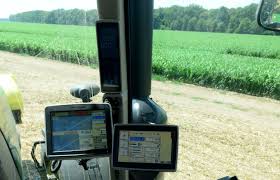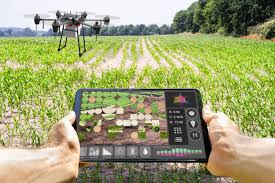Precision Farming seeks to use new technologies to increase crop yields and profitability while lowering the levels of traditional inputs. These inputs are needed to grow crops – land, water, fertilizer, herbicides and insecticides. In other words, farmers utilizing precision agriculture are using less to grow more. Precision agriculture is the latest trend in agricultural sectors around the world, because it saves time and reduces cost.
DO YOU NEED TO SWITCH TO PRECISION FARMING???
Yes. It is already profitable and will be inevitable in the future. American farmers already save between $11 000 and $39 000 a year on average. The sooner farmers begin to implement precision farming, the more competitive they will be in the future.
Precision Farming Benefits:
- Simplified Farming Processes.
- More cost – efficient farming.
- More time on hands.
- Higher yields and more profitable.
- Better quality produce.
- Less waste.
- Higher quality of life.


Many farmers are adopting new equipment to make their farming more precise. Tractors can map fields, drives themselves, and check it’s own motion so it doesn’t waste fertilizer, seed or fuel. Farnming technology includes remote sensing with data collection on variables like nutrient levels and soil moisture.
Precision farming is about managing variations in the field accurately to grow more food using fewer resources and reducing production costs. The main goal of “precision farming” is to improve agricultural yield and reduce potential environmental risks.
Future of Precision Farming
Some of the most recently technologies available and under development are the state – of – the – art robots. They are capable of managing crops more and more accurately with the possibility of collecting important data.
NEED TO KNOW MORE OR NEED SOME HELP WITH A BANKABLE AND PROFESSIONAL BUSINESS PLAN OR PROPOSAL CONTACT US NOW: (27)84 583 3143 or money@global.co.za


